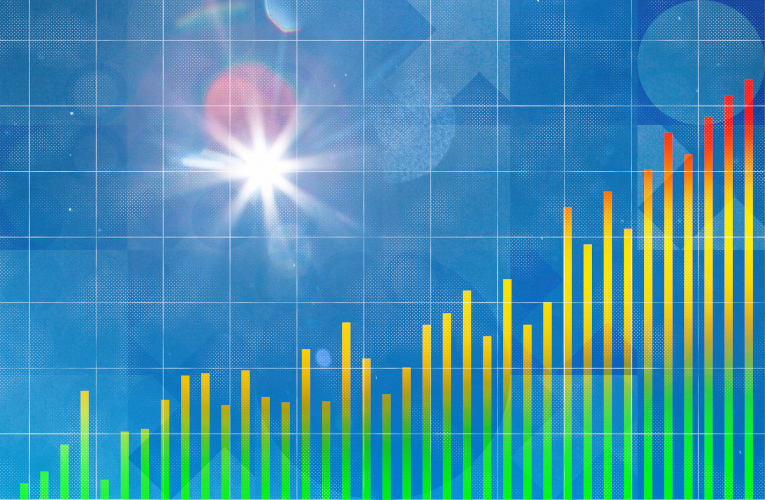
Industry Insights
DLMS Certification: Laying the Foundation for a Smarter Grid
Building the grid of the future starts by adopting interoperable standards, today. Standards like DLMS/COSEM make this possible, ensuring that endpoints, meters and other devices across the grid can communicate and operate in sync.
In the first blog of our DLMS series, we explored the market drivers behind the shift to DLMS. In the second, we took it a step further by examining the core elements of the DLMS/COSEM standard and how it compares to others on the market. Now, in this final installment, we’re turning our attention to the DLMS UA Qualification Program and the certification of products—what it is and why it’s a critical step in building a more reliable, resilient grid.
What is DLMS UA Certification? And Why Does It Matter?
The DLMS User Association (DLMS UA) oversees the DLMS/COSEM standard and its global Qualification process. As utilities deploy increasingly advanced devices and applications, ensuring conformance with open standards helps to avoid integration delays, reduce testing costs and streamline deployment, clearing the way for faster innovation across the industry.
There are two types of certification for devices:
- Certification of Compliance: Confirms adherence to the core DLMS UA specifications (the “Blue Book and the “Green Book”), serving as a mark of excellence for data exchange interoperability. This level confirms the devices speak the same language.
- Certification of Compatibility: Issued for one or more DLMS UA Generic Companion Profiles. This certification ensures certified devices are plug-and-play within a specific application, regardless of the device manufacturer. Some would refer to this as interchangeability, but it could be thought of as the devices supporting the same vocabulary.
Beyond technical validation, certification ensures that a device is interoperable with other certified devices, helping utilities build ecosystems of compatible solutions while giving vendors a meaningful way to differentiate their products in a competitive market.
What DLMS UA Certification Is and What It’s Not
Understanding what DLMS UA certification represents—and what it doesn’t—is key:
- Confirms compliance with the DLSM/COSEM specifications and ensures interoperability across certified devices.
- Provides industry-recognized proof that devices support a minimum number of interoperable use cases related to a given domain at the level of data exchange.
- Does not certify product performance, reliability or environmental durability.
- Does not imply endorsement of a device or manufacturer by the DLMS UA.
In short, DLMS UA certification verifies that a device meets the data exchange and functional requirements for seamless integration in a multi-vendor environment, supporting more flexible, resilient and future-ready grid operations.
How to Get Products DLMS UA Certified
To pursue certification, device manufacturers must:
- Become a member of the DLMS UA.
- Produce a device that embeds one or more DLMS UA GCP’s.
- Obtain a certification for compliance or compatibility using the DLMS UA accredited Test Tool.
- Submit an application to the DLMS UA Qualification Program.
- Choose your DLMS UA accredited test laboratory.
- After testing is complete, the lab submits a report to DLMS UA.
- If testing successful, and the necessary payments are made, a certificate is issued, and the device is listed on the DLMS UA website.
Following successful certification, members are permitted to use the DLMS UA Compatibility/Compliance Certification mark on the product and associated marketing materials.
Paving the Path Forward with DLMS UA
DLMS UA Qualification Program is a foundational step toward smarter, more interoperable infrastructure. By aligning with DLMS UA and pursuing certification, utilities and technology providers can begin realizing the smart grid of the future, today.
For more information on DLMS, read Itron’s newest white paper: DLMS/COSEM in Action.
Related Articles
HTML Example
A paragraph is a self-contained unit of a discourse in writing dealing with a particular point or idea. Paragraphs are usually an expected part of formal writing, used to organize longer prose.





